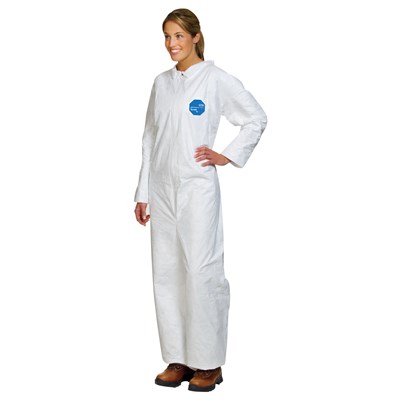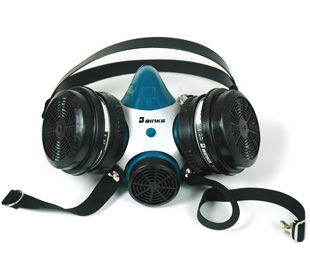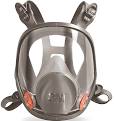Aircraft Painting For Fun and Relaxation Part 2
By Mike Davenport, EAA 89102, Langley, British Columbia
May 2017 - This month I am reviewing some areas of safety that need to be considered when you are painting in your shop:
- Gloves
- Dust masks
- Dual-cartridge respirators
- Air-fed respirators
- Paint suits
Disposable gloves are readily available in vinyl, latex, and nitrile and vary in cost depending on quality. These should be worn any time that you are mixing paint or fillers, sanding, painting or, in other words, most of the time. I prefer the nitrile for comfort and fit and, besides that, I have a latex allergy.
Sanding
Any time you are sanding primers, fillers, old paint, fibreglass, and gel coats, you are making dust. This is bad for a couple of reasons:
- You are making dust that will have to be cleaned up.
- You are releasing particles of whatever you are sanding into the air that you are breathing
You can’t avoid the cleanup, but you can avoid breathing in that stuff. Simple disposable dust masks are available at all big-box stores, your local automotive paint supplier, or even the local drug store. They are cheap and available so there is no reason not to use them.
Paint suits
Tyvek paint suits are a great way to keep your clothes clean as well as the shop. These come in a variety of sizes, and while I generally change them only when they get really dirty or torn, I always wear a new one when starting on the finish coats. Professional painters often tape the ankles, wrists, and zippers to keep their clothes clean.

Painting coveralls
Painting
For priming and small parts painting, I use a dual-charcoal cartridge respirator. These are great for removing solvents from the air you breathe in. Just remember to change the cartridges and the paper prefilters often. If you can smell solvents through the mask, it is time to change. This type of mask can be more expensive, but is a minor expense in the overall cost of a project.

Millennium 3000 respirator
For large or complete paint jobs, I move up to the air-fed respirator in order to breathe clean air. This requires the use of a separate oil-free air supply. I have a 3/4-hp oil-less compressor for this and sufficient hose to allow me to put the compressor outside of the booth where it can draw clean air. It means dragging another hose into the booth, but the benefit of clean breathing air far outweighs the inconvenience. These respirators are most readily available from your local auto-body shop supply house, but be aware that they are not cheap.

Air-fed respirator
Ventilation
It is most important to properly ventilate your shop. It is also important to remove the overspray from the booth so that it doesn’t fall back on your fresh paint. A buildup of solvents can also create a fire hazard, so you need to take all necessary steps to avoid this. In addition to having an exhaust fan, you need to provide for intake air so that the fan isn’t trying to pull a vacuum in your shop. To create a temporary single-use spray booth in your shop, you will need some heavy-duty polyethylene film, an exhaust fan with either an explosion-proof motor or a belt-driven one with the motor out of the air stream, as well as inlet and exhaust filters. Take a look on Google and YouTube for a multitude of ideas.
As always, if you have any questions, do not hesitate to ask.
